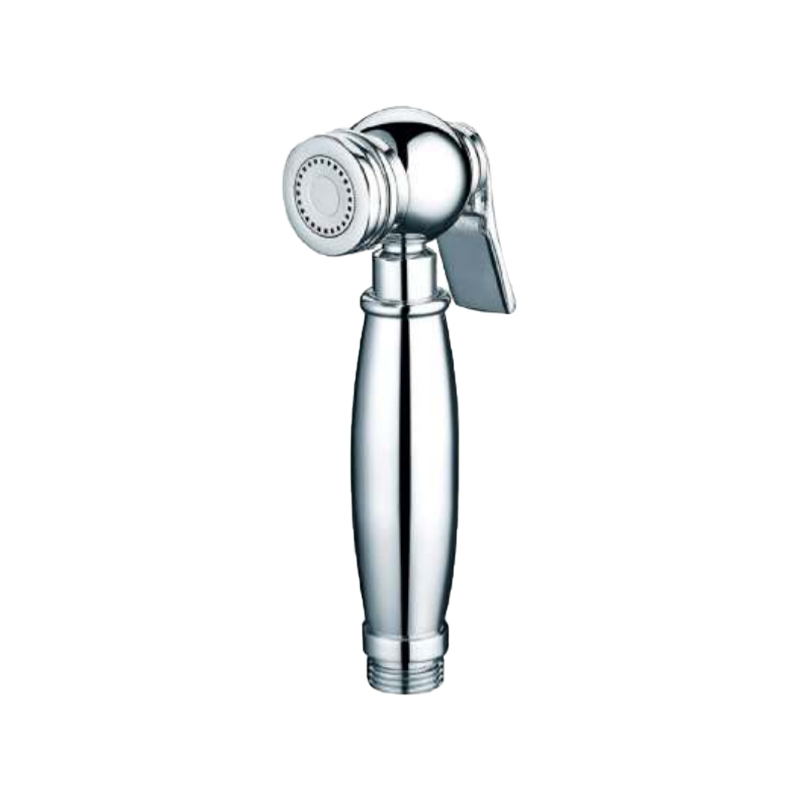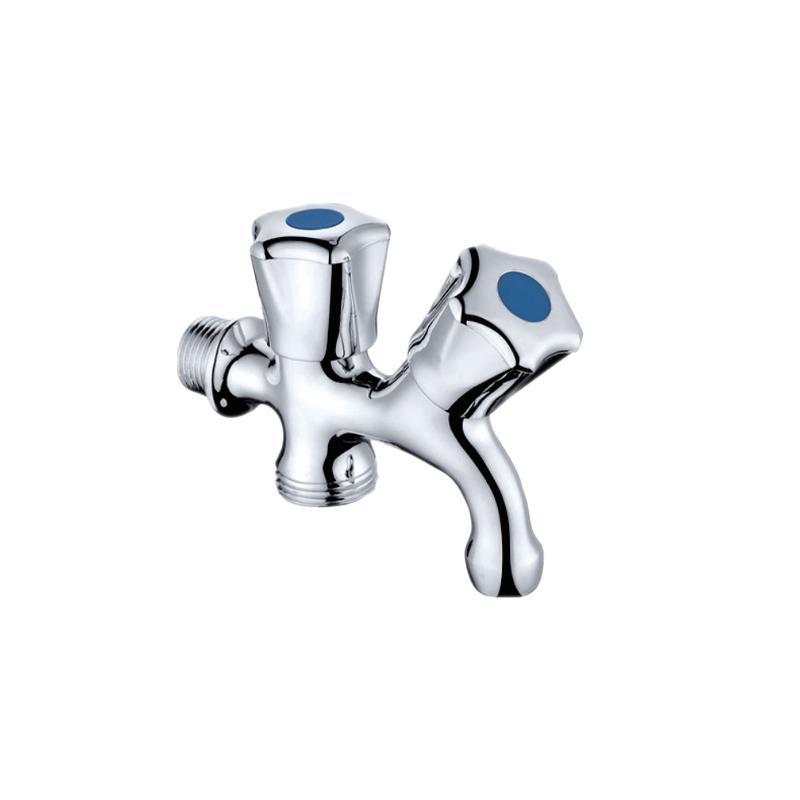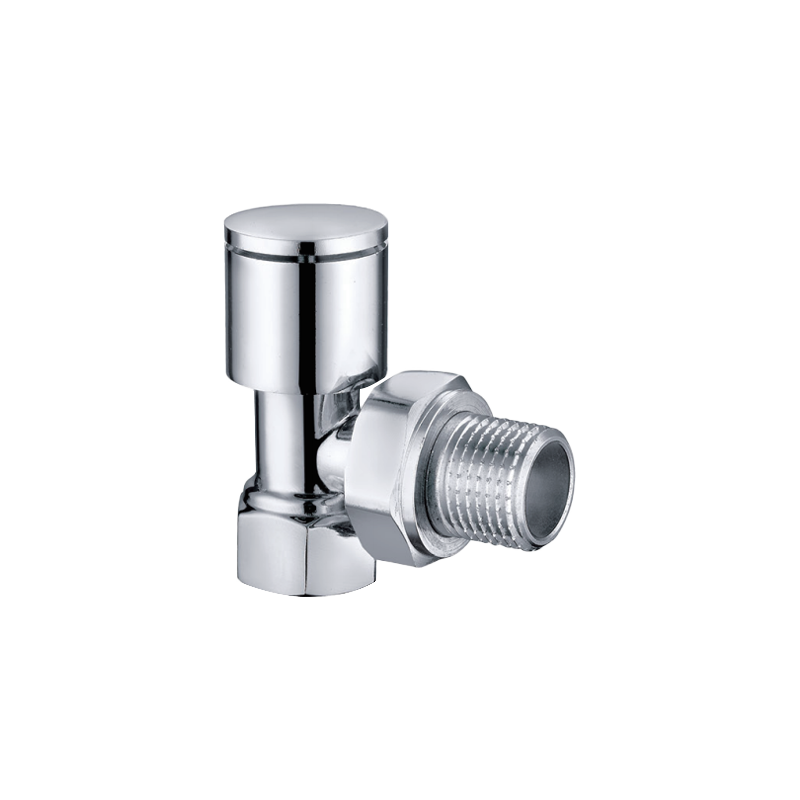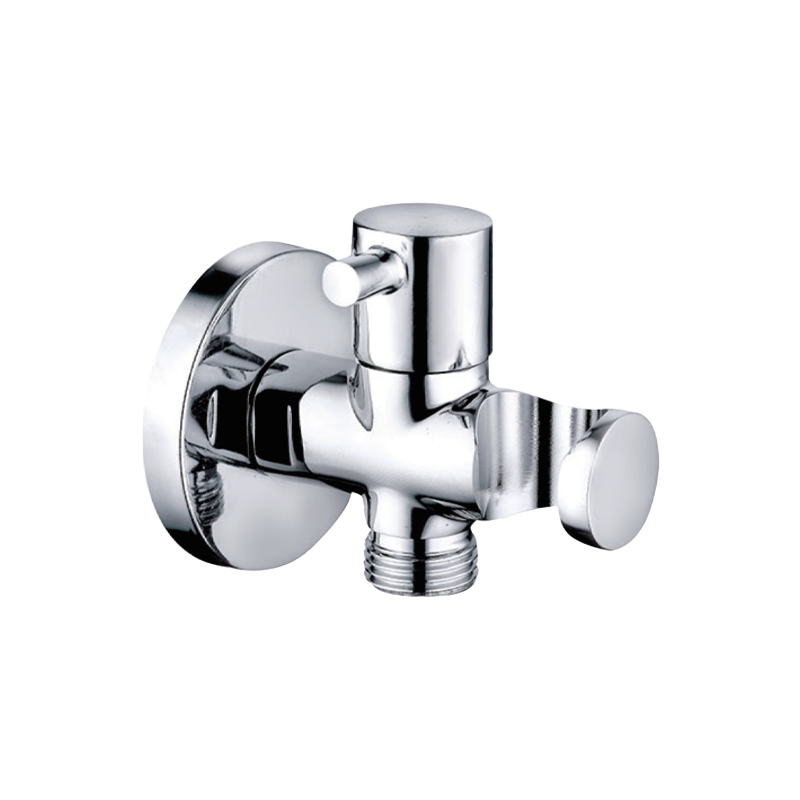In every household, plumbing fixtures are essential for maintaining a functional and efficient water supply system. Among them, the brass angle valve plays a vital role in controlling the flow of water in various areas, such as bathrooms, kitchens, and laundry rooms.
Material Composition:
Brass, an alloy composed primarily of copper and zinc, serves as the main material for brass angle valves. The percentage of copper and zinc may vary to achieve optimal strength and corrosion resistance. Generally, the copper content ranges from 55% to 80%, while zinc constitutes 20% to 45% of the alloy. Additionally, small amounts of other elements like lead, iron, manganese, and tin may be present to further enhance specific properties.
1. Durability and Corrosion Resistance:
One of the key characteristics of brass angle valves is their excellent durability. Brass is a highly durable material, capable of withstanding the pressures and demands of water supply systems. Its corrosion resistance is particularly noteworthy, as it prevents the valve from deteriorating over time due to exposure to water, minerals, and sediments. Brass angle valves provide a long-lasting solution, ensuring reliable water control without the worry of leakage or premature failure.
2. Strength and Structural Integrity:
The composition of brass imparts considerable strength to angle valves, making them capable of enduring high water pressures. The robustness of brass allows the valves to withstand frequent usage, the torque applied during operation, and any external impact. The material's structural integrity ensures that the valve maintains its form and functionality, delivering efficient flow control over an extended period.
3. Heat Resistance:
Brass is known for its exceptional heat resistance, making it an ideal material for angle valves. Its ability to withstand high temperatures without warping or compromising its structural integrity is crucial, especially in areas where hot water is utilized, such as bathrooms or kitchen sinks. The heat resistance of brass angle valves offers peace of mind, assuring users that the valves can handle the demands of hot water systems efficiently and without the risk of failure.
4. Machinability and Formability:
The material composition of brass makes it highly machinable and formable. Manufacturers can easily shape and mold brass into various intricate designs and configurations to meet specific valve requirements. This versatility allows for intricate valve designs, ensuring optimal water control and efficient use of space. Additionally, brass angle valves can be easily customized to accommodate different pipe sizes, making them compatible with a wide range of plumbing systems.
5. Aesthetic Appeal:
Apart from their functional attributes, brass angle valves also offer aesthetic appeal. The golden or yellowish hue of brass adds a touch of elegance and sophistication to any interior space. Brass angle valves seamlessly combine functionality and style, making them a sought-after choice for homeowners and interior designers alike.
6. Anti-Bacterial Properties:
Brass exhibits natural anti-bacterial properties, making it a hygienic choice for plumbing fixtures. Copper, one of the primary components of brass, possesses antimicrobial qualities that inhibit the growth and spread of bacteria and other harmful microorganisms. This property ensures that the water flowing through brass angle valves remains clean and safe for use. Brass angle valves contribute to the overall hygiene and well-being of a household.

 English
English 中文简体
中文简体


.png)




